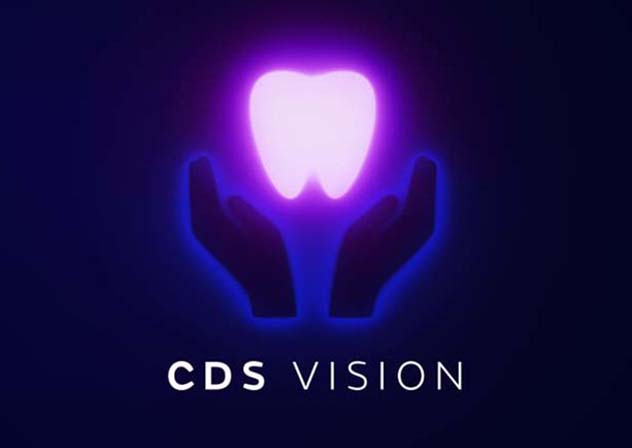a day ago
England: Interim change may help but cannot be end of the road
We hope that interim changes to the discredited NHS dental contract will offer a boost for patients and practitioners but this is not the wholesale change required.
We are the voice of dentists and dental students in the UK. From pay to prevention, we campaign and provide support on the issues that matter to you.


